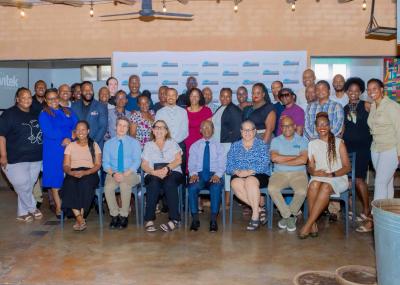Background: Oral HIV self-testing (HIVST) may be useful for increasing testing in persons at elevated risk of acquiring HIV.
Methods: We conducted a pilot study to evaluate the feasibility (defined by uptake) of HIVST among FSW in Gaborone, Botswana. FSW age 18 years and above were recruited through a non-governmental organization serving FSW. FSW with unknown or negative HIV status at screening performed HIVST in the study clinic following brief training. FSW testing HIV-negative were each given two test kits to take home: one kit to perform unassisted HIVST and another to share with others. Feasibility (use) of HIVST (and sharing of test kits with others) was assessed in these women at a study visit four months later.
Results: Two hundred FSW were screened. Their average age was 34 years (range 18-59), and 115 (58%) were HIV-positive. Eighty-five (42%) tested HIV-negative at entry and were eligible to take part in the HIVST pilot study. All 85 (100%) agreed to take home HIVST kits. Sixty-nine (81%) of these 85 participants had a follow-up visit, 56 (81%) of whom reported performing HIVST at a mean of three and half months after the initial visit. All 56 participants who performed HIVST reported negative HIVST results. Fifty (73%) of the 69 participants who took HIVST kits home shared them with others. Of the 50 women sharing HIVST kits, 25 (50%) shared with their non-client partners, 15 with a family member, 8 with friends, and 3 with a client. One participant did not test herself but shared both her test kits. Most participants 53/56 (95%) found oral HIVST very easy to use whilst 3/56 (5%) felt it was fairly easy.
Conclusion: Oral HIVST is feasible among FSW in Gaborone, Botswana. The majority of FSW used the HIVST kits themselves and also shared extra HIVST kits with other individuals.




